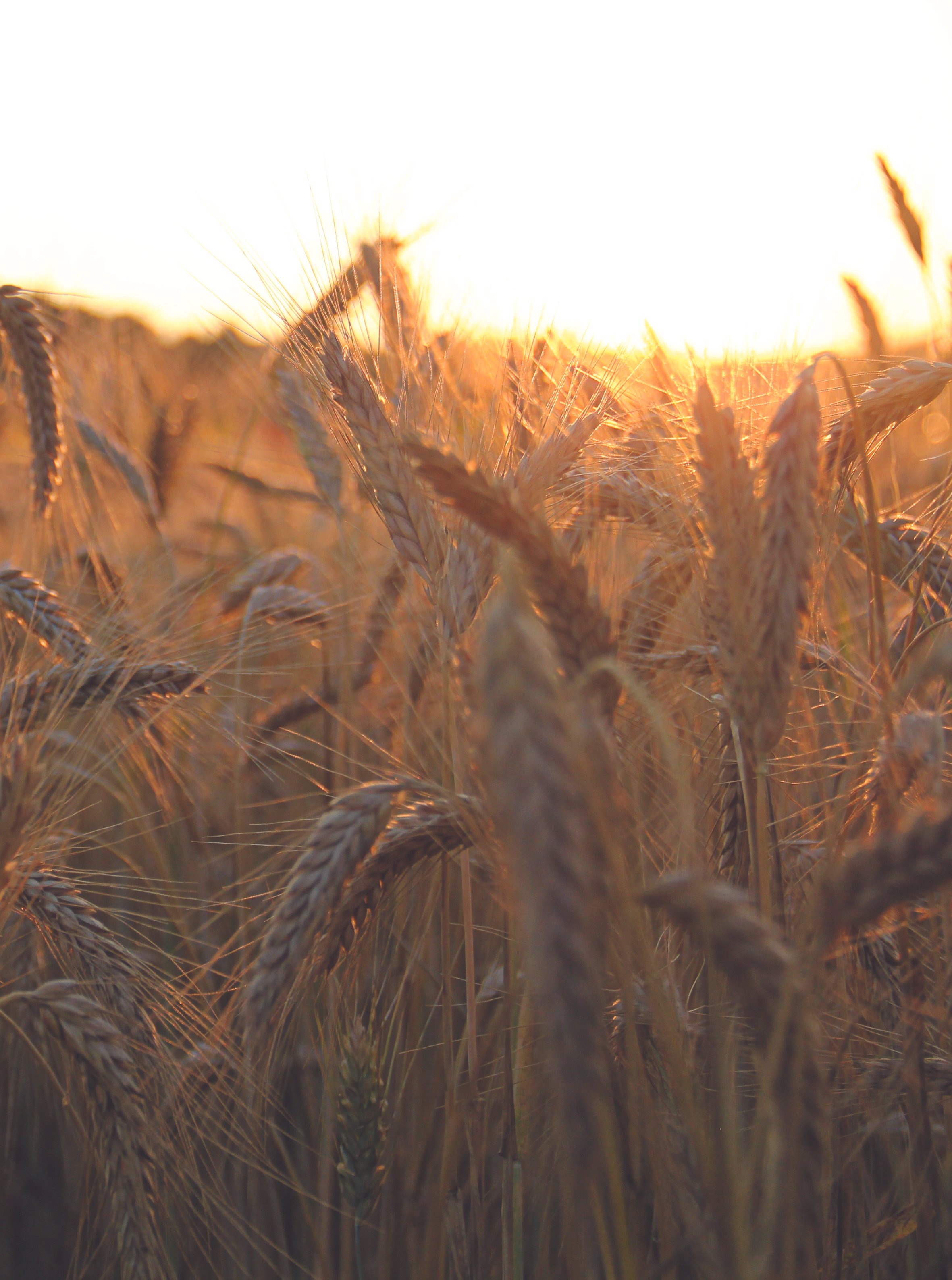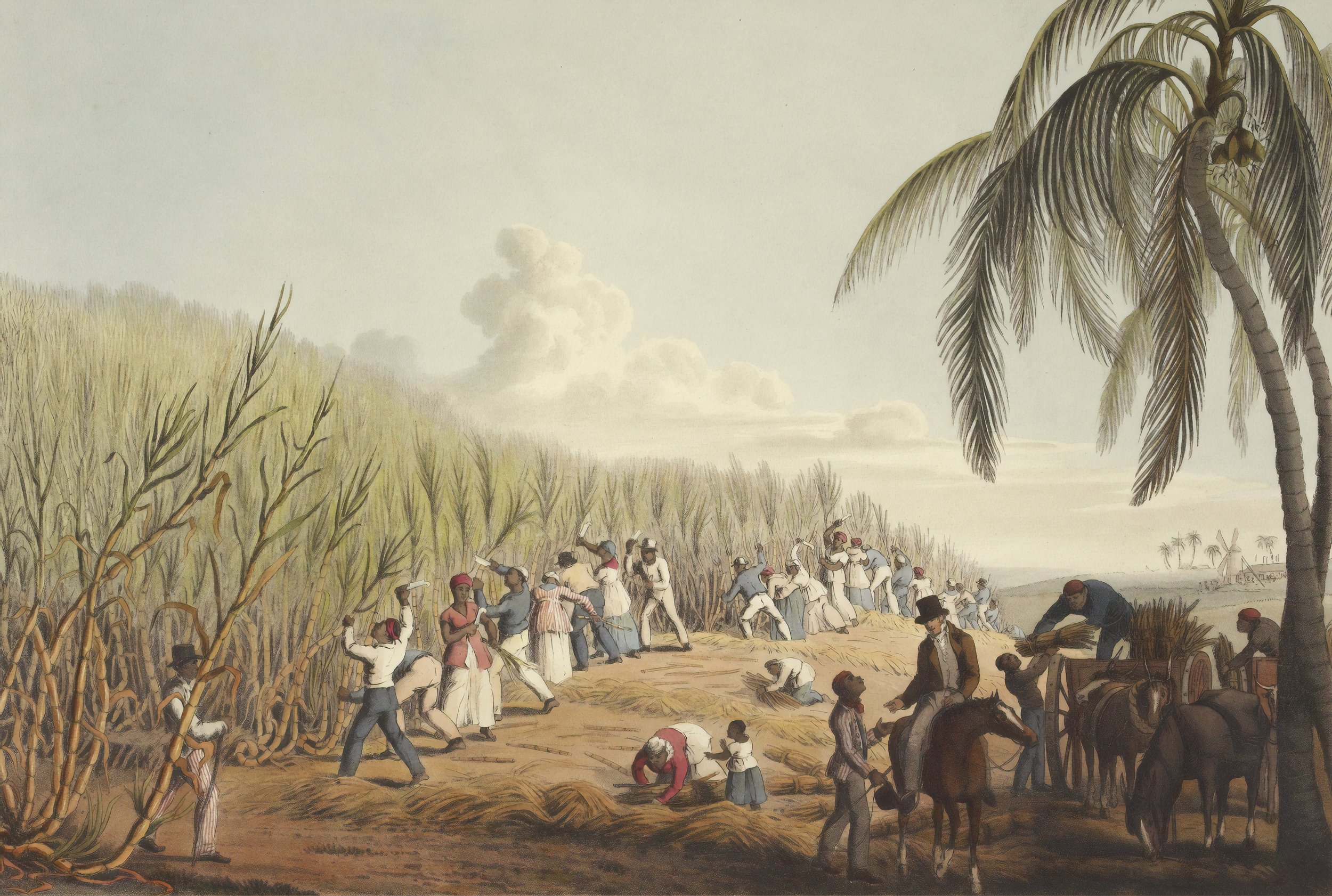
Breaking Bread
Bread and Culture
Bread and Society
Food is more than just nutrition. It reflects the tastes, sensibilities, and values of various communities. In the same way that our language changes with location, bread evolves. Indian roti, brought to the Caribbean by Indian indentured labourers, became a Trinidadian street food.
There is also a darker side to the culture of bread. In the 15th century, Europeans believed that diet impacted physical and personal characteristics – the diet of bread and wine was supposedly made people civilized. Finding a lack of wheat in the Americas, Spanish colonizers thought they could make Indigenous people more “human” by introducing wheat and forcing food habits on the local population.
The idea that you are what you eat resulted in slave owners reserving the refined wheat for themselves to assert their supposed racial and cultural superiority while leaving slaves with corn, which was considered animal feed.
Despite this, Black cooks transformed corn into a nuanced cuisine. Learning from Native American traditions, these cooks developed cakes, muffins, dumplings, and bread. Innovative women merged their West African cooking techniques with European baking practices, creating Southern cuisine.
Photo courtesy of the New York Public Library.

Photo courtesy of British Library via Unsplash.
Bread Types

Gingerbread
Gingerbread is a warm, delicious, holiday bread enjoyed across Europe and North America during cold winter months. Throughout its long history, gingerbread became a unique and central part of many European cultures, traditions, and stories, yet its popularity in the West is the result of years of migration.
There are two competing narratives for the origin of gingerbread. One narrative says that gingerbread was brought to Europe by a 10th-century monk who travelled from Armenia to north-central France, where he introduced gingerbread, a popular Silk Road food, to local French Catholics who then incorporated it into their holiday traditions. This is the more accepted story as the French word gigembras, meaning gingered food, is the root of the English word gingerbread. Alternatively, another narrative says that gingerbread was brought to Europe by 11th-century Crusaders who were introduced to ginger, a plant endemic to Asia, while pillaging trading crossroads in the Middle East. Either way, gingerbread’s introduction in a religious context determined its relevancy in the West.
-
In medieval Europe, gingerbread became popular and highly regionalized. Most countries developed their own unique versions of gingerbread to suit their holidays and festivities. For example, in medieval Germany, gingerbread took the form of sweet, dense loaves, called lebkuchen, with bakeries being governed by strict rules from breadmaking guilds. Nuremberg eventually became synonymous with gingerbread, and the tradition of making gingerbread houses emerged in medieval Bavaria.
Meanwhile, in England and France, gingerbread was a harder, less sweet cookie that was made with high-class ingredients such as rosewater. The cookies were a common treat at medieval holiday fairs, where gingerbread was made to look like people, animals, and springtime flowers to usher in new seasons. During fairs, gingerbread was traded as a love token or eaten as a charm; rabbit-shaped gingerbreads were said to bring fertility while heart-shaped pieces warded off evil.
Even royalty joined in on the fun. In 16th-century England, Queen Elizabeth I had life-size gingerbread caricatures made of dignitaries visiting her court, while 15th-century Holy Roman Emperor Frederick III handed out gingerbread cookies baked in his likeness to improve his reputation amongst his subjects.
Gingerbread’s final big move was to the Americas, where it arrived with British colonists. As molasses was widely available and cheaper in America, it became a key ingredient and produced a slightly softer bread that was cheaper to make. This led to gingerbread becoming a popular year-round food. It was such a quintessential American food that George Washington’s mother, Mary Ball Washington, is said to have served her gingerbread recipe to the Marquis de Lafayette, a French military officer who fought with the Americans in the Revolutionary War.
Gingerbread is a global bread: ingredients from Asia, spread West by religion, distributed across European communities, brought to North America by traders and colonists, and popularized through Christian religious traditions and festivals: gingerbread has reached almost every continent and touches people around the world.
Photo courtesy of Valentin Vlaslov via Unsplash.
Factoids
Food (In)Security
Food Security, as defined by the Food and Agriculture Organization of the United Nations, exists when a specified group of people have safe and sufficient access to food at all times and when this food meets the groups’ dietary preferences, allowing them to have an active and healthy life. As seen with various types of bread, cultural appropriateness can arguably be considered as another factor in food security.
Climate change is one of the primary causes of food insecurity. As our environment changes around us, from floods and droughts wiping out precious farmland to a warming earth making it impossible to grow native crops, certain food sources are becoming more and more unavailable. Bread can be used to combat some of these effects as crops are being modified to grow in new or changing environments. One example is a new strain of wheat that has been modified to produce higher yields in saline soil, which is commonly found in overly-tilled farmland or near bodies of water.
Food insecurity is also affected by culinary trends. Cultural influences of what is considered “edible” dictates what is grown, sold, and bought. in the West, ancient grains and foods indigenous to other parts of the world are being “discovered” and popularized, often under the guise of being “foreign” or a “superfood.” this leads to higher demand and reduced availability, thus making these foods difficult to access and expensive. in countries where Western-style food is most accessible, immigrant communities face a new language and climate, as well as dietary challenges. For example, Fonio, a drought-resistant grain from West Africa, is becoming increasingly popular with Western foodies. For West African communities, the higher prices and increased demand for Fonio make it less accessible, which can lead to increased food insecurity, to declining mental and physical health for these communities as they are removed from their traditions.

Photo courtesy of Matt Palmer via Unsplash.
Photo courtesy of Christian Burri via Unsplash.
Food insecurity is a serious problem in our society – even simple breakfasts like jam and toast are unavailable to millions of children across Canada. in the most recent data from the Statistics Canada Canadian Income Survey (2021), 5.8 million Canadians are food insecure, with 1.4 million being under the age of 18. even in a rich country like Canada, the unfortunate reality is that many children go to school without breakfast or lunch. In Coquitlam, firefighters have responded to this by starting the Breakfast and Snack Program. Started in 2014, the program provides children with a morning meal that gives kids energy and focus for learning. the program has an inclusive open-door policy to create a sense of community, demonstrating the concept of breaking bread, or the sense of sharing and trust that happens around food.
























